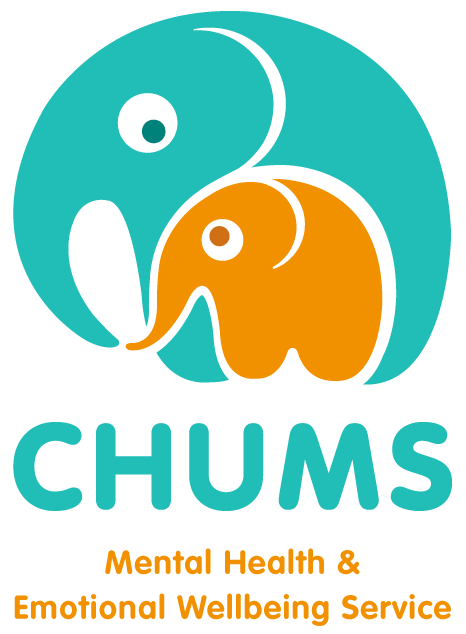What Is Tourette’s Syndrome?
Tourette’s syndrome is described as a combination of motor and vocal tics which have been present for at least one year. A tic is defined as an involuntary, rapid motor or vocal action (American Psychiatric Association, 2013). Around 1-12% of children present with transient or chronic motor tics (Chowdhury, 2004).
“We all have the ability to temporarily suppress eye blinking but eventually and inevitably we do give in to the need to blink”
Peterson & Cohen’s (1998, pp. 65) analogy for explaining tics.
Diagnosis
A diagnosis of Tourette’s syndrome is given by a medically trained doctor, however literature suggests that in most cases children will go undiagnosed unless they are severe in nature or this is in addition to other mental health difficulties (Chowdhury, 2004). One book states that 10-15% of school age children exhibit tics at some point, but only 1-2% are severe enough to meet the strict criteria to gain a diagnosis.
Development of Tics
Most motor tics begin around age 7 and phonic or vocal tics more commonly present at a later age of around 11. These tics tend to get worse at the stage of puberty but become more stable into adulthood. It is important to remember that the severity, intensity and frequency of the tics will vary across the child’s life (Robertson & Cavanna, 2008). The cause of Tourette’s is still somewhat unknown but thought to be an inherited developmental disorder (Leckman et al, 2001). Although stress and anxiety is not thought to be the cause of tics, it can play a large part in exacerbating them (Chowdhury, 2004).
Management
The majority of tic disorders, including Tourette’s, need little intervention. Usually psychoeducation is all that is required. If the tics are painful however it is thought that intervention may help in order to relieve discomfort or reduce the embarrassment caused by tics in social environments. The use of medication is the main form of treatment in these instances (Piacentini & Chang, 2006). Some psychological strategies may help but this has relatively little backing in the evidence to date (Robertson, 2000).
It may be possible to help the child manage stress which may reduce the frequency of tics, such as using relaxation and exercise. Dr Chowdhury’s book recommends ‘massed practice’ where a child is encouraged to practice their tics before school or events which may cause a natural period of rest for that particular tic. Habit reversal has some backing.
Suggestions for Parents
- Remember that your child has no control over the tics. They aren’t doing it just to annoy you.
- If the tics cause some pain for the child then gentle massage may help.
- Children usually hold in tics through the day and so let it all out when at home.
- Awareness that they can’t help it and need a place to let off steam may be helpful to remember.
- Not punishing children for the tics.
- Accepting the tics and ignoring them at home and at school.
- Informing teachers of the nature of the tics and if teachers can ignore them maybe the class children will too.
- The general rule for dealing with tics in school is to ignore them.
“CHUMS have really helped me and I will continue to practice the techniques you have taught me”
“The impact CHUMS has had on both our lives has been nothing but positive!”
“CHUMS has given us reassurance, an ear to listen and the confidence to move forward again”
“It was great to channel my anger and to practise how to be good at school”
“Before, I didn’t ever stop to think about my choices but now I can stop and see what options I have”
Useful Reading for Parents
Tics and Tourette syndrome: a handbook for parents and professionals by Uttom Chowdhury.
‘Tic Tips’ factsheet suggests a number of strategies for managing various tics
Guide for young people that covers some of the frequently asked questions of young people
Tourettes Action

